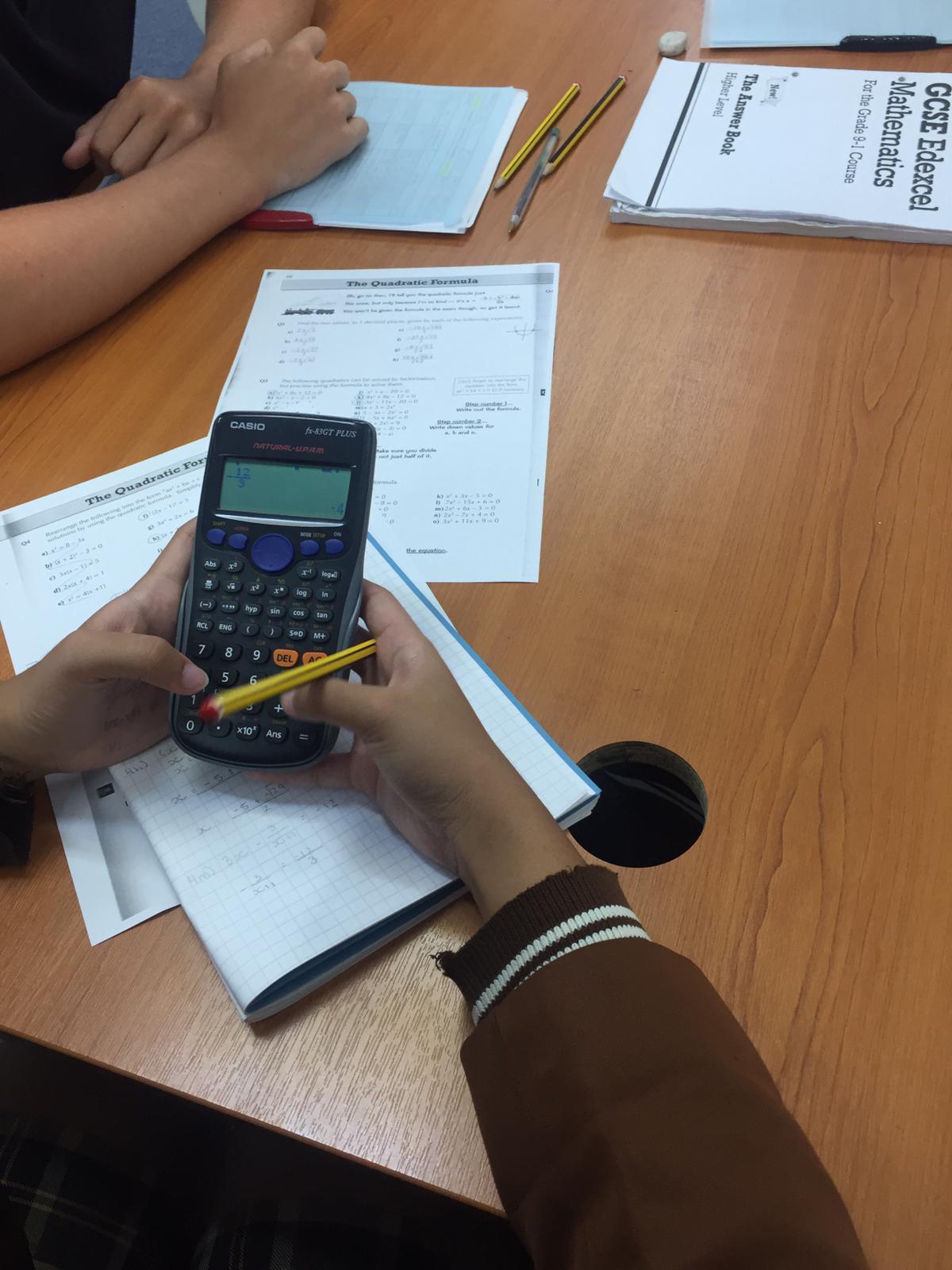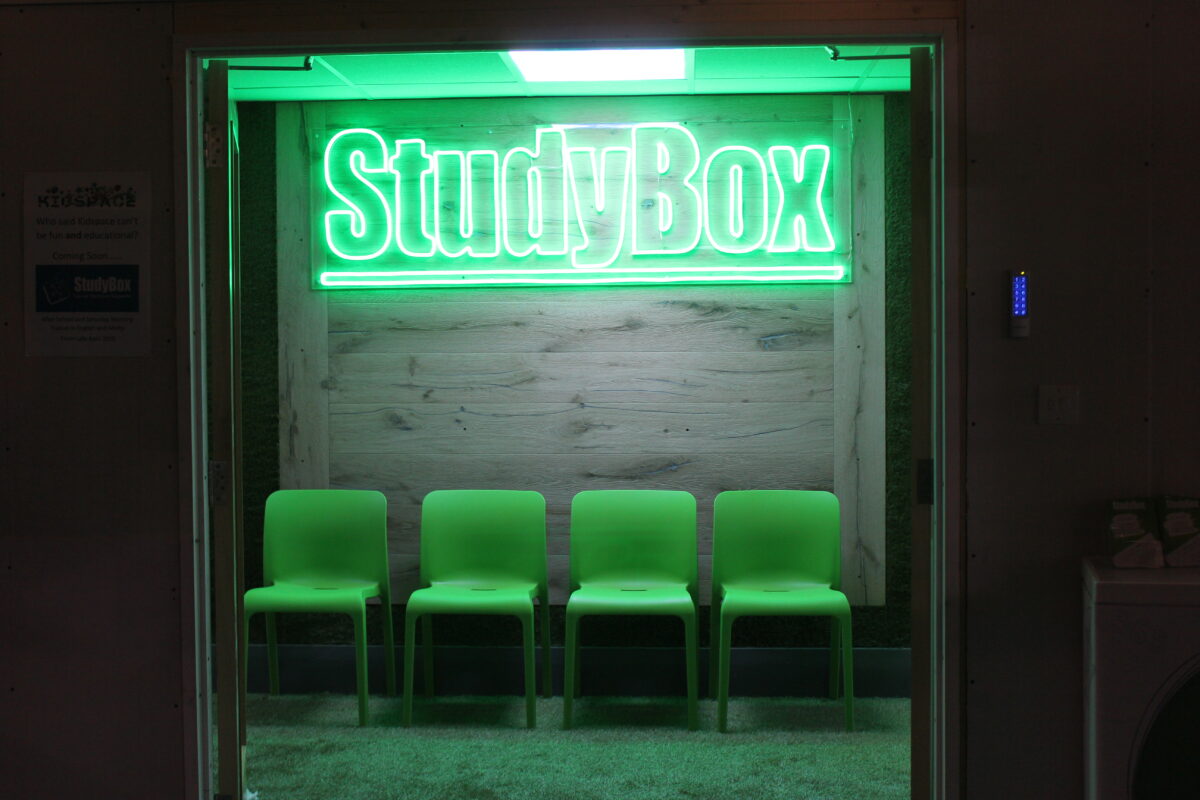Easy ways to build children’s vocabulary

Helping your child to build their vocabulary is beneficial for a number of reasons. It improves communication, helps with pronunciation and with self-expression. There are many easy ways to build children’s vocabulary in order to help them succeed in school.
Encourage using a dictionary and thesaurus
Having a dictionary and thesaurus to hand will encourage your child to look up spellings and synonyms whenever they please. If they are stuck on a particular spelling or wish to know a word definition, you can encourage them to check for themselves in the dictionary. If your child wishes to expand their vocabulary or try creative writing, go through a thesaurus together and learn new words.
Understanding the types of vocabulary
There are four types of vocabulary:
- Listening
Hearing and understanding different words.
- Speaking
Words we use in our vocabulary when we communicate.
- Reading
Words we recognise and understand when we read.
- Writing
Words we use when we write.
Typically, a younger child’s spoken vocabulary is larger than their writing and reading vocabulary. As the child becomes older and can read confidently, their vocabulary grows in all four areas.
The two main methods of vocabulary development
There are two ways children develop their vocabulary:
Indirect methods
Most vocabulary is developed in this way.
It involves:
- Everyday conversation and speaking to other people to improve fluency with spoken English.
- Reading for pleasure. This improves vocabulary and it helps with putting words into context.
- Watching movies and listening to music. This will expand vocabulary and help with pronunciation.
Direct methods
This approach involves active learning to improve vocabulary, such as:
- Learning the formal vocabulary curriculum. This is usually taught as part of the school syllabus through learning rules of English.
- Word analysis. This is the breakdown of words to understand how words are formed and how they sound.
- Learning roots, suffixes and prefixes. Word roots help children to understand where words originate from. Suffixes are the end of a word and follow a pattern, for example ‘-ing’ or ‘-ed.’ Prefixes come before the word, like ‘un-’ and ‘dis-‘ to change the word meaning.
3 ways to help your child at home with their work

As a parent, there are many things you can do at home to help your child with their school work.
If you’re wondering what you can do to improve education, why not try our 3 ways to help your child at home with their work:
Healthy Lifestyle
- Ensure your child is getting enough sleep. It’s recommended that children need between 8 and 12 hours of sleep every night.
- A healthy, balanced diet will improve the way your child functions. For example, calcium and Vitamin D helps strengthen bones and growth, iron is good for cognitive ability and Omega 3 helps the brain to function.
- Lots of fruit and vegetables are important, as well as meat, fish and wholegrains.
Routine
- Establishing a routine for your child will help them be organised and have structure in their day-to-day life.
- This can be making sure they pack a school bag the night before, completing homework the day it is set and having a regular bed time.
- Try setting a morning routine: enough time for having breakfast, brushing teeth and getting dressed. And an evening routine: set a time for completing homework, a set dinner time and time for winding down in the evening.
Education
- Reading with your child at home will improve vocabulary, imagination and pronunciation. You can read a few pages per night together. If they are confident reading alone, then try encouraging them to read a few pages of a book every night before bed.
- Complete homework together. You can teach them new concepts and provide any extra help when needed.
- Additional tuition. If there’s any subjects that are more challenging over others, why not consider after-school tuition? At StudyBox, we provide 1-1 support with tutors tailored to each individual student.
There are plenty of opportunities as a parents to help your child at home with their education.
Try our 3 ways to help your child at home: assisting with schoolwork, setting a routine to help time management and completing tasks, and maintaining a healthy lifestyle by getting plenty of sleep and having a healthy diet.
If your child needs any extra help in difficult subject areas, why not consider additional tuition with StudyBox?
Improving your child’s vocabulary at home

Improving your child’s vocabulary at home will help them to succeed in future!
Encouraging your child to expand on their vocabulary from a young age is essential.
It will help them to communicate effectively and make a difference with school work.
Having an expansive vocabulary is beneficial for writing, exams and general communication.
As a parent, you can improve your child’s vocabulary at home! Here’s how:
Reading for pleasure
- Encourage your child to record a list of new words they’ve found.
- Revisit those words weekly.
- They can use the new words in their day-to-day vocabulary, helping them be remembered.
Audiobooks/educational programmes
- Audiobooks are an effortless way way to educate your child!
- Hearing how new words sound will help with pronunciation and memorising them.
- Programmes can be beneficial with learning new vocabulary, too.
- Seeing how the words are pronounced whilst hearing them helps with remembering them.
Spelling lists
- Create spelling lists to constantly teach new words.
- These can be daily or weekly to implement new vocabulary.
- Going over the misspelt words will help your child with memorisation.
Regularly teaching new words
- Try teaching your child a new word every week, or even every day.
- Use this word throughout the day/week and encourage them to use it in a sentence.
- You can find new words in a dictionary or use a website/app for generating them.
Playing word games
- There are numerous word games that can improve vocabulary.
- Board games, like Scrabble, or apps like ‘7 Little Words’ are a fun way to build up useful keywords!
- You can make up games to play, like seeing how many synonyms you can make from a word.
- For example, take the word ‘hungry,’ you can make ravenous, famished, starving, peckish, and so on…
There are endless ways for improving your child’s vocabulary at home.
Using exciting vocabulary when having a conversation, playing word games and encouraging reading for pleasure are just a few ways to do this.
A wide vocabulary has numerous benefits, so why not expand on language from a young age!
Phonics and Sound Patterns

Phonics is the study of sound patterns. It is a method taught when learning to read, through linking sounds with the symbols that represent them.
This helps anyone learning the English language with the pronunciation of sounding out letters phonetically to make up a word.
According to Henry (1998) ‘teaching decoding and spelling based on word origin and structure results in improved reading and spelling.’
This method is commonly used in reception, to teach children how to read and spell.
There are certain formulas used to teach the English language by breaking down words and arranging certain letter groups together.
Decoding
Decoding is the process of teaching children to think of how a letter sounds by looking at it and repeating it aloud. This increases fluency with reading and pronunciation.
Decoding examples & Letter patterns
- Consonant, vowel, consonant words: e.g. o, a, e : d-o-g, c-a-t…
- Consonant clusters: consonants with no vowels between them e.g. st, tr, cr, sk : street, tree…
- Vowel digraphs/trigraphs: vowel sounds placed together making a single sound e.g. oa, ai, ee, oo : book, meet…
- Consonant digraphs/trigraphs: two or three letters placed together to make one sound e.g. ch, sh, th, wh : chat, shoe, that…
- R-controlled vowels: when an r is placed next to a vowel, changing the sound the vowel makes e.g. car, fur, horn…
C and K sounds:
- ‘As both letters make the same sound it can be confusing knowing which one to use. Identifying them as ‘curly c’ and ‘kicking k’ allows for easier differentiation between them both.
Blending
- Once children can identify individual letter sounds and clusters of letters, they can learn how to blend the sounds and say the entire word. This is the stage children learn to write out the words, called encoding.
Once the basic letter patterns are broken down and sounded out, decoding ensures that pronunciation and spelling are easy to teach. It is important to teach phonics and sound patterns in a broken down, simpler format, as when some letters are placed together, it changes their sound. For example, when an r is placed next to a vowel, it changes the vowel sound (like ‘fur‘ and ‘car‘). Once language patterns are simplified, words can be phonetically sounded out and fluency with reading and spelling is improved.
For additional help with English, why not book a free trial with StudyBox! Or call us on 020 7459 4110 for a chat.
An additional tuition centre for StudyBox at Kidspace, Croydon

In April, StudyBox opened its latest tuition centre. In addition to our centres in Wallington, Sutton and Epsom we now have our third centre in Kidspace at The Colonnades, Croydon.
This unique setting allows us to provide students with the opportunity to combine exercise and education. As experts in English, Maths and Science tuition, at StudyBox we understand the benefits of exercise on a child’s capacity to learn.
Kidspace provides the perfect setting for learning
The creation of Kidspace was a response to a lack of recreation facilities for children in the local area. The owners maintain that play should be challenging and fun, a mantra that sits perfectly with the StudyBox approach to education. We like to challenge our students while doing everything possible to create a relaxed and inspirational environment.
So, the perfect partnership between recreation and education was born. The StudyBox centre at Kidspace is open weekdays from 4-6pm and on Saturday mornings. There is free car parking, and for those using public transport, the centre is on a busy bus route.
The added bonus for students attending our Croydon centre is that they also get one hour of free play time before or after their class. A report published in PubMed Central (PMC) found that the ability to focus attention is improved among children who participate in physical activities. Having a tuition centre inside an indoor adventure playground must, then, be a win-win!
StudyBox tutors complement the work being done in schools
StudyBox first opened in March 2015. We take great care to hire a wide range of enthusiastic tutors who can adapt to the different learning styles and abilities of students. Close relationships with local schools are also key to serving local communities effectively.
We follow the national curriculum, guiding students through 11+ exams and GCSEs, and helping them transition from year to year throughout their education. StudyBox is proud of its achievements so far.
Get in touch
If you would like any more information about the new centre at Kidspace, call us on 0203 189 1442 (ext 4) or email us at croydon@studybox.london. Book your free trial now.
Dotting the i’s and crossing the t’s for SPaGs and SATs preparation

Although literacy has always been a key element of the SATs format for Key Stage 1 and Key Stage 2 students in primary schools, the Spelling Punctuation and Grammar (SPaG) Test was introduced in 2013 to bring a clearer focus to the literacy element of SATs.
What is the SPaG Test?
Informally known as the SPaG test, the English spelling, punctuation and grammar test was originally introduced to replace the previous English writing test in the KS2 SATs programme for Year 6 pupils.
Since the introduction in 2016 of the new format SATs, however, the increased focus on spelling, grammar and punctuation have resulted in the inclusion of a SPaG test in KS1 SATs.
What is the format of the SPaG Tests?
KS1 Paper 1: a spelling test of 20 words.
KS1 Paper 2: a grammar and punctuation test of about 20 questions, including the following: use of suffixes, identification of parts of speech, tenses, basic punctuation including commas and full stops, and the use of apostrophes.
KS2 Paper: a 45-minute test focussing on grammar and punctuation. It covers areas such as suffixes, conjunctions, punctuation types, tenses and use of Standard English.
KS2 paper: a spelling test of 20 words.
What are SATs used for?
SATS, including the SPaG Tests, evaluate a child’s educational progress at the end of KS1 and KS2.
KS1 SATs are marked internally by the school and used to monitor students’ progress. They evaluate potential and decide on the best maths and English group for each student for their KS2 education.
KS2 SATs are marked externally and used by Secondary Schools to group children into streams based on their academic ability. The sets or streams are usually implemented immediately as they join the school.
Why are SATs important?
Primary education is the catalyst for realising a student’s potential. If a student prepares well and gives their best performance in KS1 tests, thereby showing their true potential, they will work to the correct level throughout KS2, giving them the best chance to succeed when they are tested again in Year 6.
SATs results in Year 6 will affect how a student starts their secondary education, as this is the information on which secondary schools evaluate a student’s ability and potential, and stream them accordingly. This can have a significant impact on a student’s confidence and perception of their own ability and progress. Setting off on the right foot to meet optimum potential can reap benefits throughout a student’s secondary education.
Why is it important to prepare for SATs?
At ages 7 and 11, tests can be daunting, but the importance of the SATs can make them particularly overwhelming. You only need to look at the breakdown of what is included in the SATs papers to understand why!
By preparing early and getting used to SATs questions, students become more confident which will lead to stronger performance.
Get in touch
StudyBox is a tuition centre based in Wallington and Sutton, providing tuition in English, mathematics and science for SATS, 11+ and GCSE. To find out how we can help students with SATs preparation, visit https://studybox.london/sats-tuition/.
Check out our previous blog!
